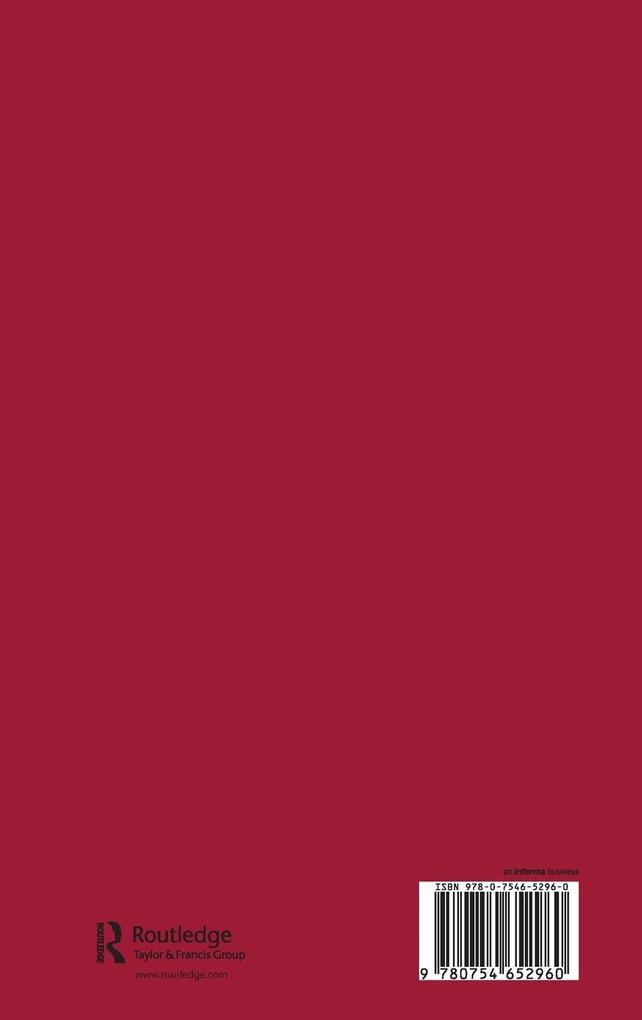
Zustellung: Fr, 04.07. - Di, 08.07.
Versand in 7 Tagen
VersandkostenfreiBestellen & in Filiale abholen:
Visualizing Medieval Medicine and Natural History, 1200-1550 addresses fundamental questions about the interplay of visual and verbal communication in medieval medicine, pharmacy, and natural history. Analyzing images in works as diverse as herbals, jewellery, surgery manuals, lay health guides, cinquecento paintings, manuscripts of Pliny's Natural History, and Leonardo's notebooks, the essays ask: What counts as medical illustration in the Middle Ages? What purposes and audiences do these illustrations serve? How do images of natural objects, observed phenomena, and theoretical concepts amplify texts and convey complex cultural attitudes? Why do we regard some of these images as "medieval" productions while other exactly contemporary images strike us as typically "early modern" in character?
Inhaltsverzeichnis
Contents: Introduction, Jean A. Givens, Karen M. Reeds, Alain Touwaide; Image, word and medicine in the Middle Ages, Peter Murray Jones; Latin crusaders, Byzantine herbals, Alain Touwaide; The illuminated Tacuinum sanitatis manuscripts from northern Italy ca. 1380-1400: sources, patrons, and the creation of a new pictorial genre, Cathleen Hoeniger; Erudition on display: the 'scientific' illustrations in Pico della Mirandola's manuscript of Pliny the Elder's Natural History, Sarah Blake McHam; Reading and writing the illustrated Tractatus de herbis, 1280-1526, Jean A. Givens; Leonardo da Vinci's anatomical studies in Milan: a re-examination of sites and sources, Monica Azzolini; (Hu)moral exemplars: type and temperament in cinquecento painting, Piers D. Britton; Leonardo da Vinci and botanical illustration: nature prints, drawings, and woodcuts ca. 1500, Karen M. Reeds; The uses of realism in early modern illustrated botany, Claudia Swan; Index.
Produktdetails
Erscheinungsdatum
20. Oktober 2006
Sprache
englisch
Seitenanzahl
304
Herausgegeben von
Jean A. Givens, Karen M. Reeds, Alain Touwaide
Verlag/Hersteller
Produktart
gebunden
Gewicht
622 g
Größe (L/B/H)
240/161/21 mm
ISBN
9780754652960
Entdecken Sie mehr
Bewertungen
0 Bewertungen
Es wurden noch keine Bewertungen abgegeben. Schreiben Sie die erste Bewertung zu "Visualizing Medieval Medicine and Natural History, 1200-1550" und helfen Sie damit anderen bei der Kaufentscheidung.










